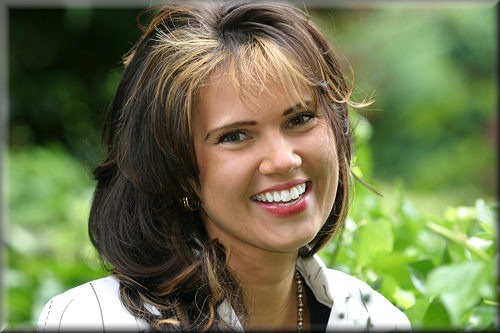This is a charm for the curious, the enthusiast for these composers
and the student of the chamber medium as canvassed by composers
of the British Isles. The time span runs from four years short
of the transition into the twentieth century to the year of the
start of the Second World War. Holbrooke was to see out the war
as was Benjamin who lived through both. Benjamin however retained
a grip on success, on concerts and on broadcasts. Holbrooke however
found that the war spelt neglect as his music became increasingly
unfashionable. Like York Bowen he was to live into old age with
his music gathering dust around him and with his benefactor since
1907 dying one year after the end of the war. Rootham who had
seen active service in the Great War died one year short of the
start of War and Walford Davies – a great educator – died while
the war still raged.
Holbrooke wrote
three violin sonatas (1900s, 1917 and 1925). The middle one
is a version of the Grasshopper Violin Concerto which
like the concertos for cello and for saxophone awaits a premiere
recording. This is the Third Sonata’s first commercial recording
although it was recorded privately for the composer in the 1930s
and a studio broadcast was put out by the BBC in the early 1980s.
This version is played full out with total commitment by Roche
and Stevenson. The music is certainly not oriental in the sense
we might expect from songs by Bliss, Lambert or Mahler. It’s
a vague flavour and whether I would have noticed it but from
the title I am not at all sure. The single movement Sonata is
mercurial, sanguine, warmly lyrical without being in any way
like Brahms or Bruch. If anything you might well warm to this
if you enjoy the John Ireland and Dunhill sonatas. It strikes
a superb balance between melodic ideas and length. You will
not tire of the piece.
For a change of
temperature and style move on to Walford Davies’s op.
7 Second Violin Sonata in four movements. After a strenuous
Brahmsian first movement comes a chuckling Dvořákian Allegretto
semplice. This does not have the all-conquering confidence
of the Tovey Piano Trios but it has compactly expressed pleasures
of a romantic pensive leaning. The easy-going, flowing and smiling
mood glimpsed in the second movement returns with a silvery
and very attractive eloquence here.
Cyril Rootham’s
music has been in harness with Holbrooke’s before. Have a look
at the Rootham First Symphony and Holbrooke Birds of Rhiannon
on Lyrita (JF;
RB).
Rootham in the 1920s wrote with the most treasurable lyrical
faculty. The singing line in the first movement for example
might well make you think of Delius or Ireland’s Second Sonata
but the idea is I think stronger than either. This is not the
Sonata equivalent of the First Symphony which in any event lay
seven years in the future. The intensely honeyed singing line
might be thought of as a modern counterpart to the Karlowicz
or Sibelius violin concertos. It is a glorious full-throated
idea and Roche makes full play of it. She sounds more excitable
and confident than Barry Wilde who recorded it with Alan Fearon
on a private LP back in the 1970s. In general the admirable
Jacqueline Roche carries her confidence high and harking back
to Jürgen Hess’s broadcast of the Holbrooke also leaves him
sounding positively tentative. The finale of the Rootham sings
in a way that bring to mind Howells at his most pastoral-ecstatic
during the decade from 1914 to 1924.
Arthur Benjamin
was born in Sydney but was very much part of the British
music scene as composer and administrator. His list of works
is by no means lengthy although there are a handful of operas.
His most striking works are the Symphony
and the Romantic
Fantasy for violin and viola and orchestra – the latter
dedicated to Bax and by no means at odds with the Delian idiom.
The Cello Sonatina is in three compact movements of which the
middle one seems to hark back to Bach while the finale has the
devilish obsessive quality of the Bax Viola Sonata’s central
movement.
The simply splendid
booklet notes – almost essential with a release this recondite
- are by the pianist Robert Stevenson.
This makes for a
fine conspectus of neglected British violin sonatas and in this
company the Rootham and the Holbrooke stand out. It will complement
the Forum-Regis
collection. I also hope that it will serve as a pathfinder for
a further collection to include the Isaacs Violin Sonata and
Holbrooke’s Second Sonata. More please.
Rob Barnett

see
also article on the Genesis of this recording by Robert Stevenson

